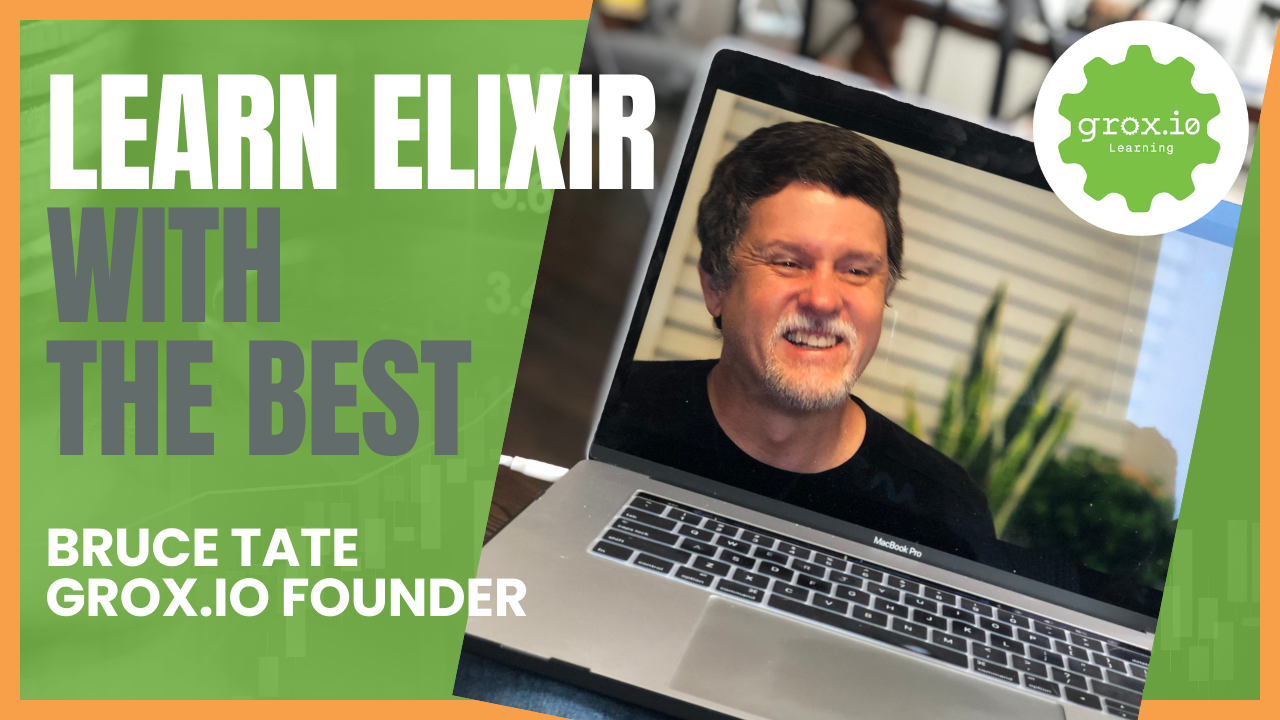LiveView Phx 1.7
Welcome to our Phoenix LiveView course! In this dynamic program, you will discover the power of building interactive, real-time web applications with Elixir and Phoenix LiveView. Through a combination of theory and hands-on projects, you will learn how to leverage LiveView’s innovative approach to web development, eliminating the need for complex JavaScript frameworks. When you’re done, you’ll understand core LiveView abstractions, be able to write components, and design idiomatic LiveView code.

Bruce Tate
Course Details
LiveView Version “0.18.x” for Phoenix 1.7. Phoenix is the web development framework for Elixir, and LiveView is a Phoenix service that allows interactive page flows without JavaScript. The library is extremely productive, highly scalable, and fast. It’s no wonder that it is one of the most highly paid web frameworks in the world.
LiveView has a reputation for being hard to learn, but worth it for several reasons. Components drift away from traditional Elixir syntax. You can’t trace LiveView through a pipeline of functions like you can with native Phoenix. Don’t worry, though. This video series will help you make the breakthroughs you have been seeking by walking you through the rough spots step by step.
What You Get
Course Contents
Basic Abstractions
Components
Bindings
Routes & Navigation
Authentication
Design & Organization
Publish/Subscribe
Streams
